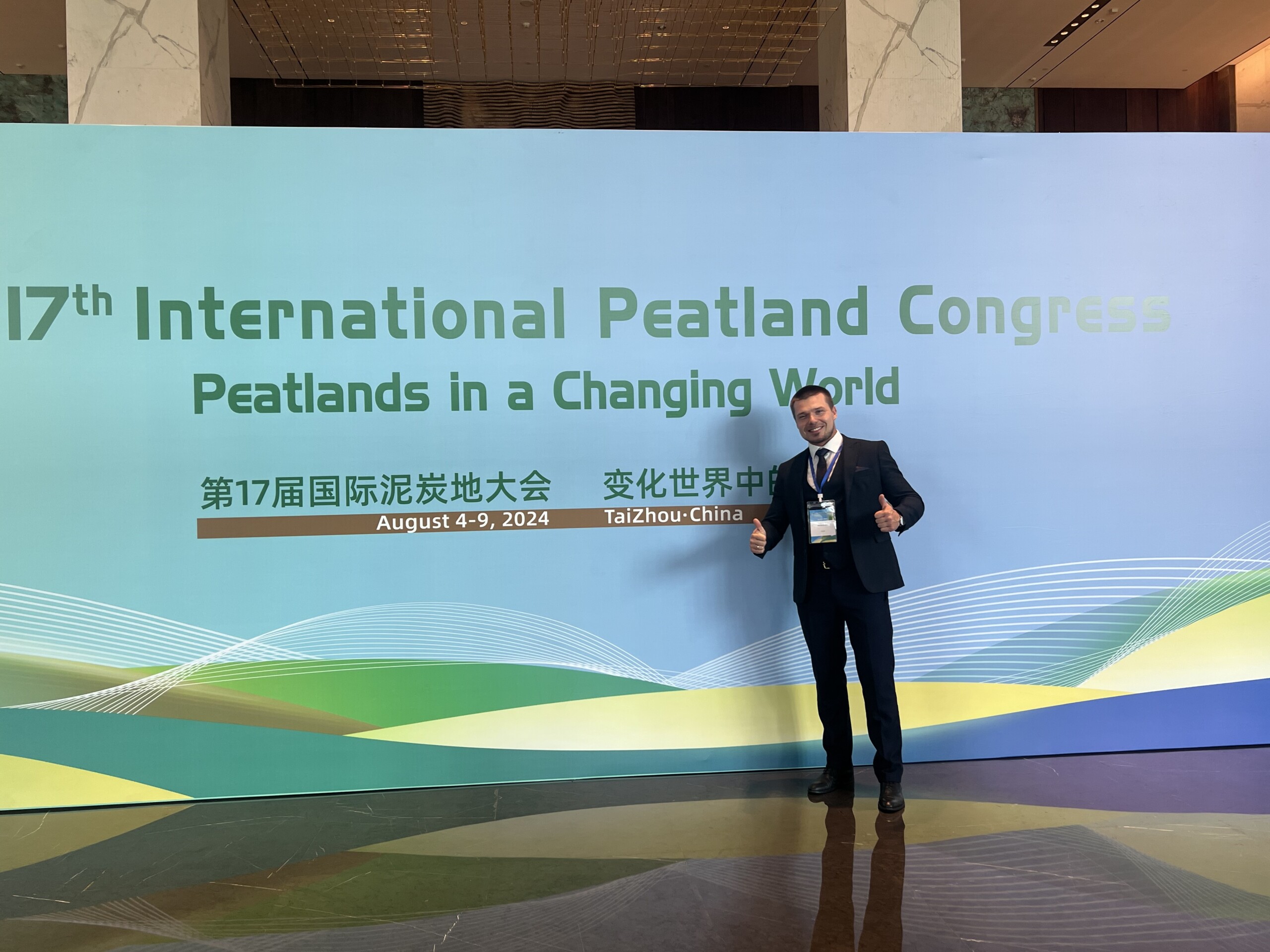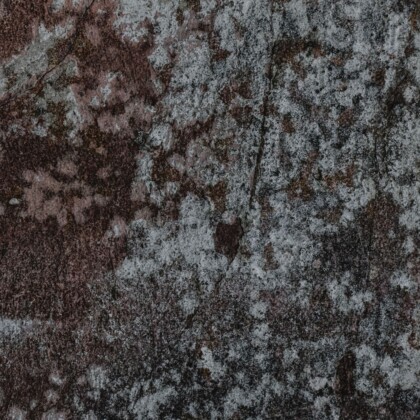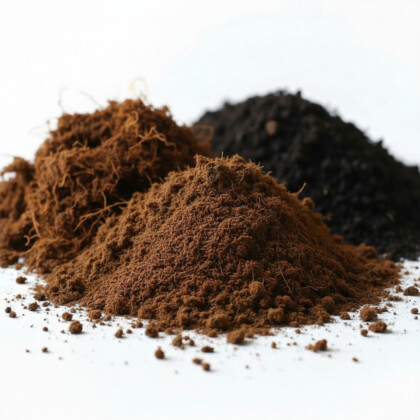

From August 5th to August 10th, the 17th International Peatland Congress took place in Taizhou City, Zhejiang Province, China. Under the theme “Peatlands in a Changing World,” the congress brought together hundreds of global experts to address critical issues and opportunities within the peat industry. ETEPEK was proud to be part of this significant event, showcasing our innovative and sustainable approaches to peatland utilization.
Highlights of the Congress
The event provided a platform for insightful discussions and knowledge-sharing sessions. Renowned speakers presented groundbreaking research and industry perspectives:
- Professor from Nanjing Agricultural University: Discussed the current state and future of soilless production in China.
- Researcher Shang Qingmao (China Academy of Agricultural Sciences): Explored the role of peat in the seedling industry, emphasizing its importance for young vegetable plant nurseries.Learn more about their work here.
- Gerald Schmilewski (Former President, International Peatland Institute): Addressed industry challenges with his talk, “From Enforced Peatland Development to Enforced Peat Use Reduction.”
Peat Industry Trends in China
China’s peat industry has undergone rapid growth in recent years. Since the country began importing peat in 1995 with volumes of 20,000–30,000 cubic meters per year, the numbers have skyrocketed to 3 million cubic meters annually by 2020. Experts project that this demand could reach 30 million cubic meters in the future, driven by investments in agriculture and horticulture.
Taizhou’s advantageous location—with access to ports, efficient customs clearance, and strong transshipment capacity—positions it as a potential hub for peat distribution in China. This growth highlights the increasing importance of sustainable practices in the industry.
ETEPEK’s Participation and Vision
Representing ETEPEK, our team actively contributed to the congress by sharing:
- Our expertise: Highlighting sustainable peat moss harvesting and manufacturing techniques.
- Commitment to innovation: Demonstrating how advanced technology can optimize substrate production while minimizing environmental impact.
- Vision for the future: Advocating for responsible peatland management to balance economic growth with ecological preservation.
Our presence underscored ETEPEK’s dedication to driving sustainable growth and fostering innovation within the peat industry. Learn more about Sustainability at ETEPEK and how we are committed to responsible practices.
Global Collaboration: The congress emphasized the importance of international cooperation in addressing peatland challenges.
Sustainable Growth: Industry experts highlighted the need for balancing growth with environmental stewardship.
ETEPEK’s Leadership: Our participation reinforced our role as a key player in promoting innovation and sustainability in the peat sector.


